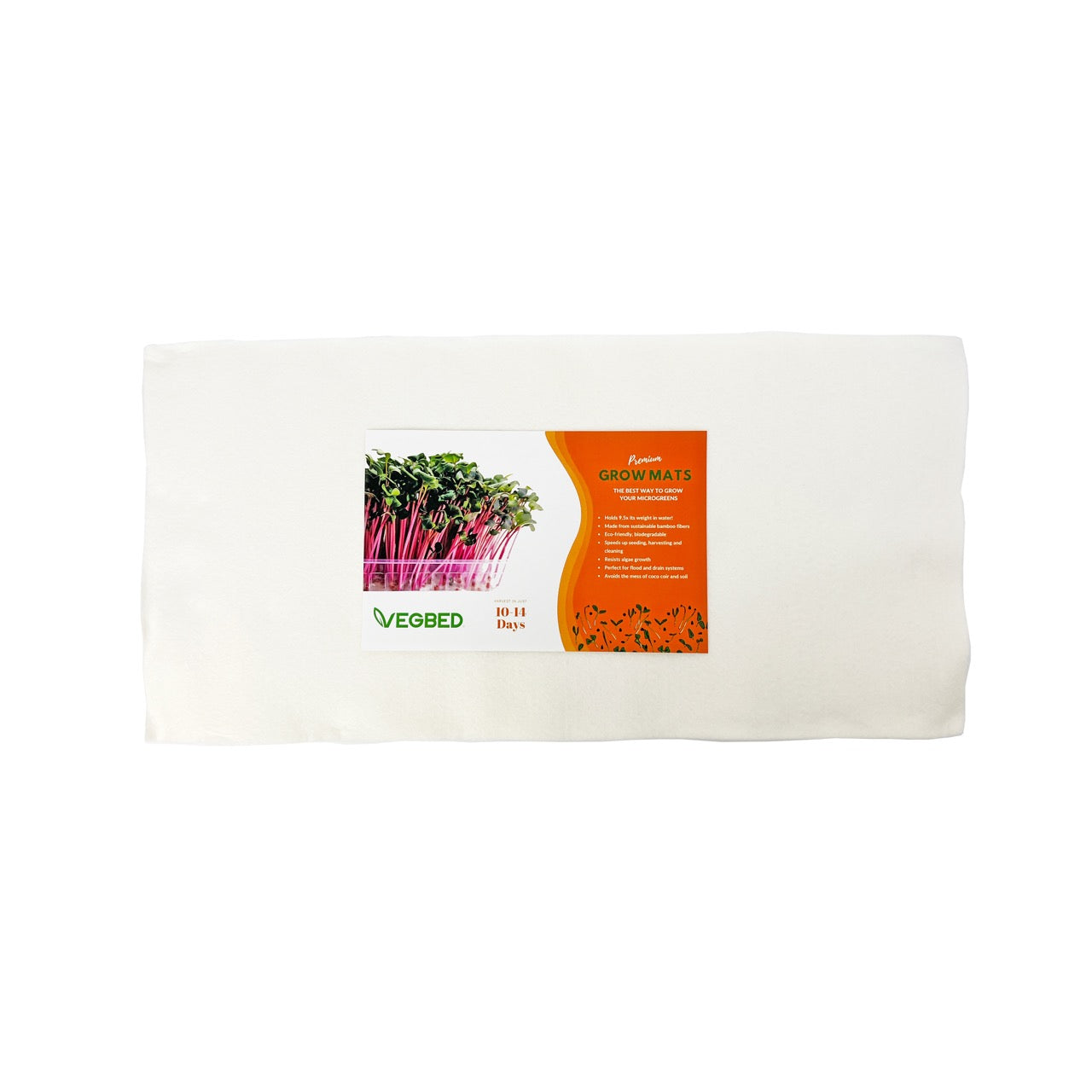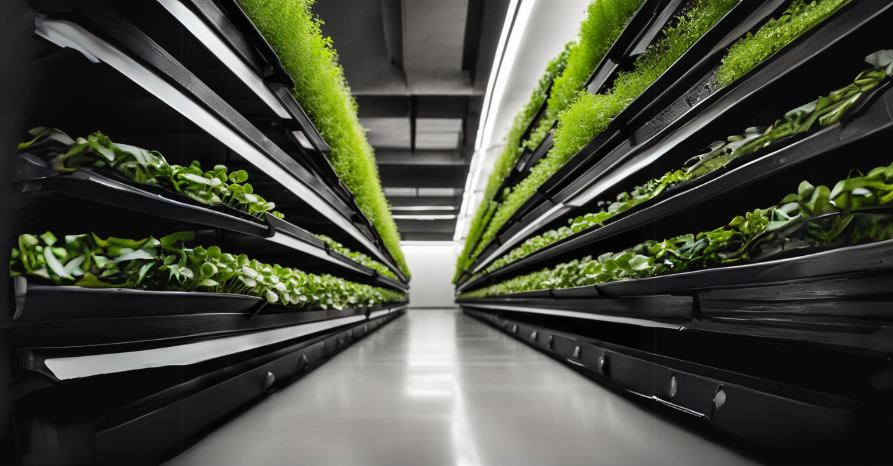Introducing microgreens as a viable option for urban farming and vertical agriculture, we can mention how microgreens offer a solution to maximize productivity in small spaces. Their compact size and fast growth make them ideal for urban environments, where land availability is limited.
By cultivating microgreens, urban farmers can efficiently utilize vertical space and meet the growing demand for fresh, nutritious produce.
Microgreen: Masters of Small Spaces
Microgreens are the space-saving champions of the plant kingdom. Unlike their full-grown counterparts, they require minimal real estate. They thrive in shallow trays or containers, making them perfectly suited for windowsills, balconies, or even spare corners indoors. This compact size allows urban farmers to cultivate fresh greens in any nook or cranny, transforming even the most limited space into a miniature farm.
Microgreens' Rapid Growth Cycle and High Yields
Beyond their compact size, microgreens boast another crucial advantage for urban farming – their rapid growth cycle. Forget months of waiting for a harvest! Microgreens are ready to be enjoyed within a week or two of planting, depending on the variety.
This lightning-fast turnaround translates to high yields in a short amount of time. Imagine harvesting a fresh crop of peppery arugula microgreens from your windowsill every two weeks – a continuous stream of fresh produce without needing vast fields or extensive growing seasons.
Resource Efficient Champions: Sustainability Benefits of Microgreens
The benefits of microgreens extend beyond their space-saving nature and rapid growth. They are also incredibly efficient when it comes to utilizing resources:
- Shallow Root Systems: Unlike traditional crops with deep root systems requiring significant amounts of soil, microgreens thrive in shallow trays with less growing medium. This translates to less soil or no soil needed at all, which is especially beneficial for urban environments with limited access to quality soil.
- Minimal Water Consumption: Microgreens require less water compared to traditional crops, making them a sustainable choice for urban areas where water conservation is often a priority.
- Controlled Environments Possible: Due to their compact size and shallow root systems, microgreens can thrive in controlled environments like indoor gardens or vertical farms. This allows for efficient use of resources like water and nutrients while minimizing dependence on unpredictable weather conditions.
Vertical Advantage: How Microgreens Thrive in Vertical Farms
Vertical agriculture, a revolutionary approach to maximizing food production in urban environments, utilizes vertical space for cultivation. This can involve multi-level greenhouses, hydroponic towers, or living walls. Here's why microgreens are a perfect fit for vertical farms:
- Space Utilization: Their compact size allows for densely packed growing trays, maximizing the number of plants grown in a limited area.
- Adaptability: Microgreens can thrive in various configurations within vertical systems – traditional trays, hydroponic modules, or even living walls.
- Controlled Environment: Vertical farms offer optimized lighting, temperature, and humidity, allowing for consistent and year-round production of microgreens.
- Reduced Resource Consumption: The controlled environment minimizes water evaporation and allows for efficient nutrient delivery, further enhancing sustainability.
Beyond Efficiency: The Nutritional Powerhouse of Microgreens
Don't be fooled by their size – microgreens are nutritional powerhouses. Packed with vitamins, minerals, and antioxidants, they often boast concentrations several times higher than their mature counterparts. They can elevate any dish, adding a burst of flavor and a significant boost of essential nutrients. Easy access to fresh, nutrient-rich microgreens empowers urban dwellers to take control of their diets and fuel their bodies with the goodness of nature.
Conclusion
Microgreens and vertical agriculture are a powerful combination transforming urban landscapes. Microgreens' compact size, rapid growth, high yields, and efficient resource utilization make them ideal for urban farming.
When integrated with vertical farms, they offer a sustainable solution for producing fresh, local, and nutritious food year-round, even in space-restricted environments. So, embrace the world of microgreens and vertical agriculture, and watch your city transform into a network of verdant spaces, enriching not only your plate but also your community.



